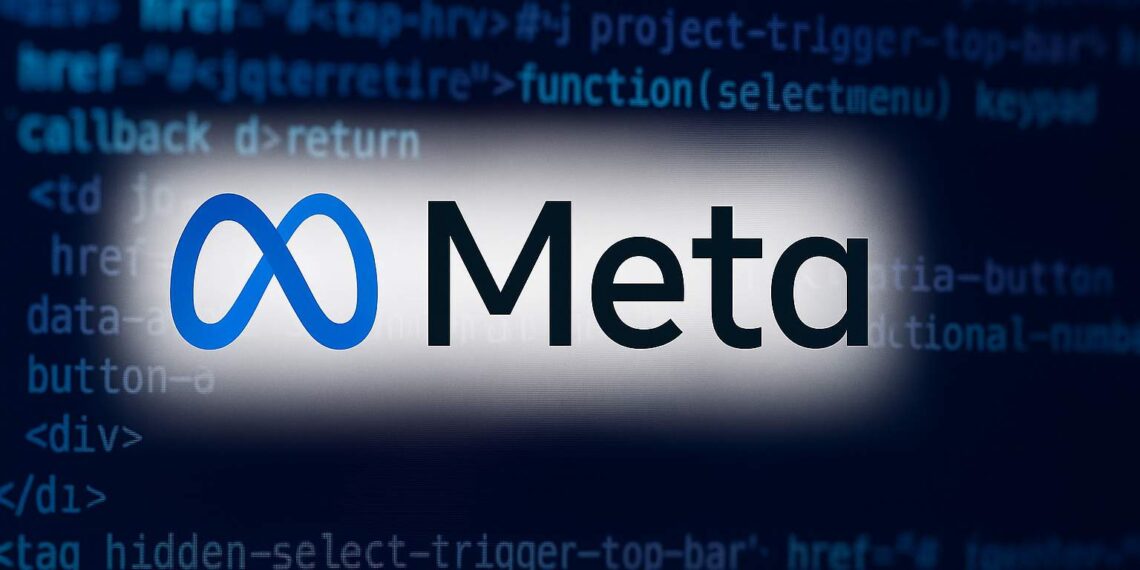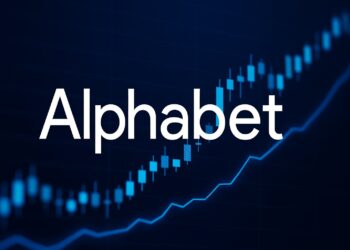Key takeaways at a glance
- Top-line outperformance: Q3 revenue landed just above $51B, up mid-20s % year over year, outpacing Street expectations.
- GAAP EPS distortion: Reported profit was depressed by an ~$16B one-time tax charge, obscuring otherwise robust operating performance; underlying (adjusted) EPS remained solid.
- Q4 guide: Management expects $56–$59B in Q4 revenue, pointing to continued ad strength and engagement tailwinds.
- Spending trajectory: 2025 total expenses nudged higher and capex guided to ~$70–$72B, with 2026 expenses and capex “notably larger” as Meta scales AI infrastructure and compute.
- Engagement scale: Family daily active people (DAP) climbed high single digits % year over year, highlighting enduring network effects across Facebook, Instagram, WhatsApp, Threads, and Reels.
Segment and product color
Family of Apps (FoA): Ads keep compounding
- Resilient advertiser demand: Performance formats and AI-driven optimization (Advantage+ and creative tools) supported robust ad revenue growth across Facebook and Instagram.
- Video flywheels: Reels continues to gain time-spent share with improving monetization, while short-form and CTV integrations lift brand performance.
- Messaging monetization: Click-to-message ads and WhatsApp business tools deepen commerce loops in emerging markets and SMB segments.
Reality Labs: Long-cycle bets, nearer-term drag
- Losses remain elevated as Meta invests in AR glasses, headworn AI, and spatial computing.
- Hardware revenue benefited from product cycles, but operating losses widened alongside the AI wearables roadmap.
Profitability, cash, and the tax overhang
- Operating leverage: Ex-one-offs, margin quality improved on scale and ongoing efficiency efforts (datacenter utilization, better ad yield, disciplined headcount growth).
- Tax charge mechanics: The ~$16B non-recurring charge drove a sharp GAAP EPS drop; it doesn’t reflect deterioration in the core business.
- Cash generation: Despite a heavy capex cadence, free cash flow remained healthy, supporting ongoing buybacks and quarterly dividends.
Guidance and 2026 setup
Revenue: Q4 $56–$59B guide implies continued double-digit growth supported by holiday advertising, AI-assisted targeting, and healthy engagement trends.
Expenses & Capex:
- FY25 expenses: $116–$118B (tightened higher within the prior range) to fund compute, infra, and safety/compliance.
- FY25 capex: $70–$72B focused on data centers, networking, GPUs/TPUs, and next-gen systems.
- FY26 preview: Management flagged “significantly faster” expense growth and capex “notably larger” than 2025 to meet AI demand (training + inference at massive scale).
What it means for META stock
- Quality vs. optics: The headline GAAP EPS looks weak due to the one-time tax charge, but underlying execution is strong. Markets will refocus on revenue resilience, margin cadence ex-tax, and proof that AI spend converts to monetization.
- AI ROI check-points: Watch ad yield gains, time-spent lifts from AI-driven ranking, and new ad surfaces(Reels, WhatsApp, Threads) to validate returns on record capex.
- Valuation lens: With growth re-accelerated and massive capex front-loading, multiple stability hinges on clear signals that 2026–2027 revenue/FCF step-ups will outpace depreciation and opex growth.
KPI cheat sheet (what to track from here)
- Family DAP/MAU and time spent trends across apps
- Ad revenue growth vs. impressions and price per ad
- Reels monetization (RPMs vs. Feed/Stories) and CTV momentum
- Messaging monetization: click-to-message, WhatsApp business tools adoption
- Reality Labs revenues and operating loss trajectory
- Capex run-rate and data-center milestones (capacity added, power/PUE)
- Operating margin ex-one-offs and free cash flow conversion
Actionable watchlist for the next 90 days
- Holiday ad demand: Black Friday/Cyber Week signals for brand + performance budgets.
- AI product velocity: Rollout pace of new creative tools, Advantage+ iterations, and GenAI features for advertisers.
- Infra updates: Any disclosures on cluster count, GPU/TPU deployment, or inference cost curves.
- Regulatory cadence: Ongoing U.S./EU cases may affect product knobs and cost lines but have been manageable vs. revenue scale.
- Capital returns: Buyback pace relative to capex and cash generation.
FAQ
Why did GAAP EPS drop so much if revenue was strong?
Because of a large, non-recurring tax charge that reduced reported profit. Core operating trends remained solid.
Is Meta overspending on AI?
Management argues spend is demand-led: training and inference needs for ranking, recommendations, generative tools, and ad systems require materially more compute. The yardsticks to judge ROI are ad yield, engagement, and Cloud-like efficiency gains inside Meta’s stack.
What’s the near-term risk to the stock?
Optics around higher 2026 expenses/capex can spook multiples. If holiday ad trends or AI monetization slow, the market could question the pace of investment.
What would reassure investors?
Consistent double-digit revenue growth, stable-to-rising operating margins ex-one-offs, and concrete evidence that AI features are expanding advertiser value and user engagement.
Bottom line
Meta’s Q3 2025 print showcases a durable, AI-amplified ad engine—masked by a one-time tax hit. With Q4 guidance solid and capex stepping up again into 2026, the debate now centers on AI ROI vs. spend. If engagement and ad yield continue to climb, META can justify heavier infrastructure outlays and sustain compounding into 2026–2027.
Disclaimer
This article is for informational purposes only and does not constitute investment advice, an offer, or a solicitation to buy or sell any securities. Investing involves risk, including the possible loss of principal. Always conduct your own research or consult a qualified financial advisor before making investment decisions.








